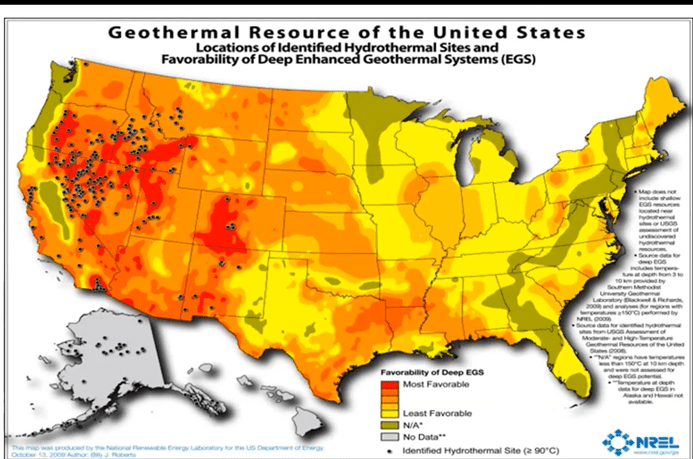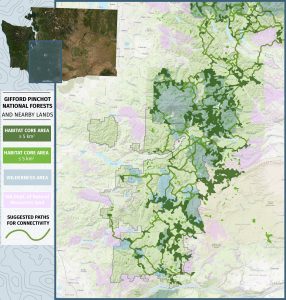
The Robinson Creek Fire, on June 29, 1964, burned 350 acres on Sawmill Ridge.
I was returning to the Bridgeport Ranger Station from an early morning patrol of the Green Creek and Virginia Lakes areas when I detected what became the largest wildfire the Bridgeport Ranger District would experience during my five Toiyabe National Forest fire seasons.
It was June 29, 1964, and having just passed through Bridgeport I was northbound on U.S. Highway 395 when, across Bridgeport Valley to the southwest, I first saw it. Sheep trailing on Timber Harvest Road? Or smoke? Smoke! Wispy white smoke!
Three miles to the ranger station, and maybe eight or ten to the smoke. I tried to raise the station on the radio as I pushed the gas pedal to the floor. The truck responded, but the station didn’t. A glance at my watch told me why. It was lunch time, and with the fire danger rated moderate the office wasn’t staffed. This was years before fire control officer Marion Hysell had a Forest Service radio crackling in his ranger station house day and night.
Two miles to the ranger station. I could have switched to channel two, raised the Toiyabe National Forest dispatcher in Reno, explained the situation, and asked him to telephone the FCO’s house. But I decided I could get there, tell him myself, pick up some help, and be on my way to the still wispy-but-thickening column of smoke before I’d half finish telling the dispatcher my story.
Two minutes later, I came to a dusty halt in front of the FCO’s house and passed the word. Then, with Don, the only crewman not out on project work, I headed up the Buckeye Road toward the fire. After alerting Ranger Hoag, who decided to man the office until the district clerk returned from lunch, the FCO loaded his Jeep with fire tools. As he wheeled toward the fire via Bridgeport and the Twin Lakes road, he confirmed my sighting to Ranger Hoag over the radio. Ranger Hoag alerted the supervisor’s office and the dispatcher, and ordered air tankers.
Fifteen minutes after leaving the station—probably twenty or so after I first saw the smoke—Don and I were speeding down Timber Harvest Road toward a blaze that, at about a mile’s distance, I estimated at ten to fifteen acres and spreading fast through cheatgrass and sagebrush toward the Jeffrey pine-clad slopes of Sawmill Ridge. Through the smoke, on the far side of the fire, a few people could be seen making vain attempts to stop it.
In what was a futile—and probably foolhardy—attempt to head off the fire before it could reach the timber, I left the road and, within a minute or two, Don and I were attacking flames running upslope along a two-hundred-yard to three-hundred-yard front. But two guys with a couple hundred gallons of water and hand tools, it rapidly became obvious, were no match for a fast-moving fire of that size.
About the time I recognized that truth, and also realized that my poor headwork was getting Don and me into more than a little trouble, I saw the FCO’s Jeep jounce over the sagebrush and halt some distance off. “Fall back! Let’s get this rig outta here!” he ordered as he ran our way. So, as I reeled in the hose, Marion maneuvered the patrol truck toward safety. Within a few minutes, the two vehicles and the three of us were back on Timber Harvest Road, and the scene of our “initial attack” was engulfed in flames.
Ranger Hoag’s pickup crossed the bridge over Robinson Creek and he joined us on the road as the fire, now all of an hour old, raced into the timber. Taking charge, he requested a spot weather forecast from Reno and, with the FCO, planned for the reinforcements starting our way.
Since little, if anything, could be done about the head of the fire—then moving rapidly upslope, torching and spotting in the timber—two rag-tag crews of mostly pick-up firefighters were deployed along its flanks to prevent it from spotting and spreading into the nearby resort and campground. From my smoke-choked vantage point with the Timber Harvest Road crew, the fire seemed to be living up to the expectations of the spot weather forecast. Superheated pines exploded. Deer, fleeing the flames, ignored me as they bounded across the road.
Just after two o’clock, an old ex-Navy TBM from Carson City made the first air drop of 600 gallons of bentonite slurry on the head of the fire. If this slowed its advance at all, it didn’t for long. It did boost our morale.
So did arrival of the first substantial reinforcements. Before the fire was two years old, fifty U.S. Marines from the Mountain Warfare Training Center at Pickle Meadows on the Sonora Pass road and sixty State of California inmates of the Inyo-Mono Conservation Crew near Bishop led by California Division of Forestry overhead were on the firelines. By three o’clock, over a hundred Marines were on the fire, and additional pick-up firefighters had been hired. And by four o’clock, when the air tanker’s scout plane had reported the size of the fire to Fire Boss Hoag at about 250 acres, fire control personnel from the West Walker, Alpine, and Carson ranger districts had begun to arrive. A project fire overhead team left Reno about five o’clock, and overhead also began traveling to Bridgeport from the Central Nevada and Las Vegas districts of the forest.
By late afternoon, the situation looked like the project fire it had become. The fire was divided into four sectors, with Marion Hysell as sector boss over Forest Service crew bosses, Marine Corps line workers, and three bulldozers on the “hot” up-hill end of the fire. A PBY and two TBMs made a second series of drops on the head of the fire. Much to my disappointment, I was assigned to set up the fire camp to receive firefighters and equipment as they arrived. By nightfall, the camp and the night shift had been organized. I was eventually relieved as camp boss and told to rest up for a day shift job.
I’ve spent more comfortable nights than that one in a paper sleeping bag out in the sagebrush. While I slept, the major battle of the campaign was fought at the top of Sawmill Ridge.
The plan was to take advantage of the cooling effects of the night air, which would slow the fire down, and stop it with a wide fireline at the top of the ridge. With seven cats and 76 men on this hot sector, Marion was building that line across the ridge from north to south. At eleven o’clock, he tied in with the southern sector’s line to contain the fire. But, two hours later, the wind shifted from the west to blow from the southeast and, as firefighters retreated for air and safety, the fire jumped the line. Another line was started to corral the blowup.
I awoke at first light to a transformed fire camp and landscape. The camp’s population had doubled, at least, and there seemed to be plenty of fresh firefighters for the day shift. A mobile fire weather forecasting unit, complete with spinning anemometer and other instruments, had arrived and was in business. Best of all, a field kitchen was serving breakfast. Dirty, cold, and sore, I ate.
I was assigned to the northern sector as a crew boss, and given a Marine Corps platoon as a crew. The platoon’s sergeant, probably figuring this young Forest Service fellow akin to a second lieutenant, suggested I work the crew-platoon through him. I readily agreed. I held a brief fire school to explain what we were going to do, how to use the tools, and safety before starting up the line. About the only problem I had, as we built fireline toward the ridgetop, was keeping them from bunching up—from working too close to each other for safety.
Fire Boss Hoag declared the fire controlled at noon, just 24 hours after it started. But there was still plenty of mop-up work left.
Late in the afternoon, my Marines and I were relieved by a Forest Service crew from Idaho, and at the end of the day shift I was released to resume fire prevention patrol duties the next morning.
There were plenty of questions to answer during that July first patrol of the Twin Lakes area. Thousands of campers and residents had watched the fire consume 350 acres of brush and timber between Robinson Creek and the top of Sawmill ridge, and everyone wanted to talk about it. I, of course, capitalized on their interest by pushing my fire prevention message. The fire that had so impressed them, we knew, had been man-caused. A couple little boys, the investigation determined, had built a “campfire” in the brush.
Although the fire camp was removed that evening and firefighters from other districts and forests were returned to their stations, mop-up continued for several days.
The smoke of the Robinson Creek Fire had barely cleared when, on July 9, Forest Supervisor Ivan Sack and Frank Dunning, his fire staff officer, conducted the district’s previously-scheduled fire preparedness and readiness inspection. Although we were still mopping up the big one, they told Ranger Hoag and Marion they were pleased with what they saw—including, much to my relief, my fire prevention program. But it seemed to me I was doing everything a fire prevention guard should do well—except preventing big fires.
On the evening of July 21, as I was completing a Twin Lakes patrol, I sighted and extinguished the last smoke. It was a smoldering stump about a third of the way up the ridge. The Robinson Creek Fire was officially out. But, in a way, it would never be out for me. As I crunched my way down the charred slope, it seemed this greatest defeat of my fire prevention career would burn forever in my memory.
Adapted from the 2018 third edition of Toiyabe Patrol,
the writer’s memoir of five U.S. Forest Service summers
on the Toiyabe National Forest in the 1960s.





